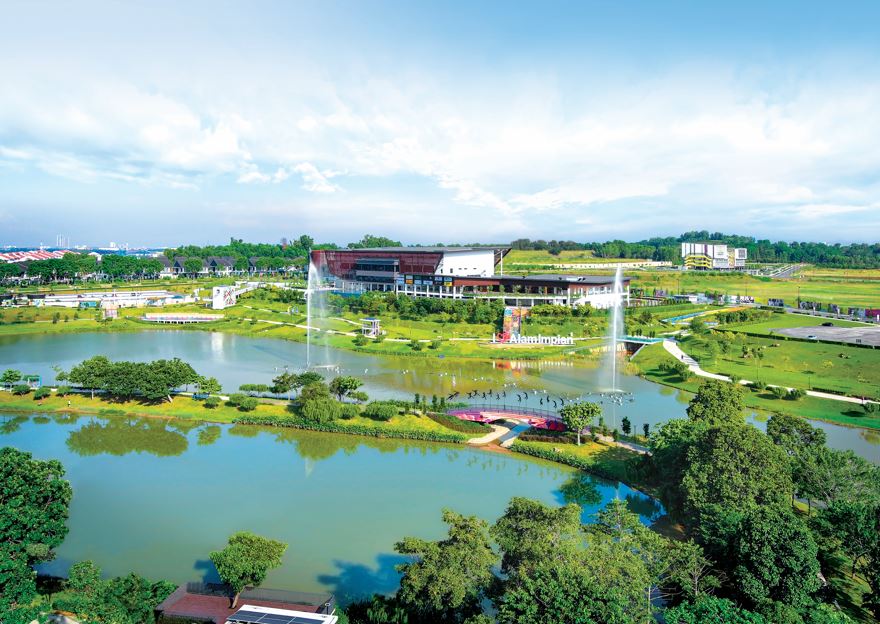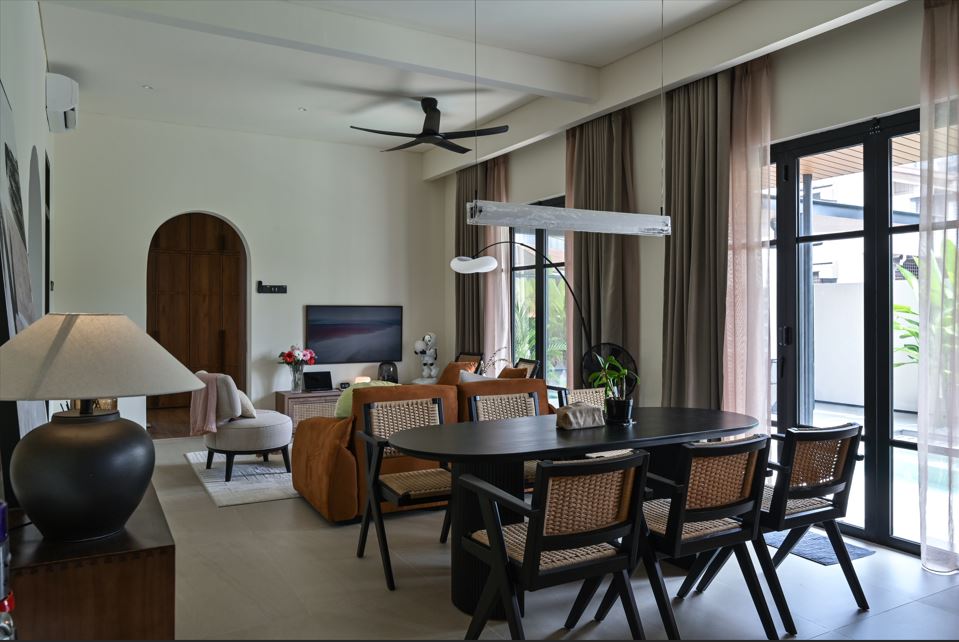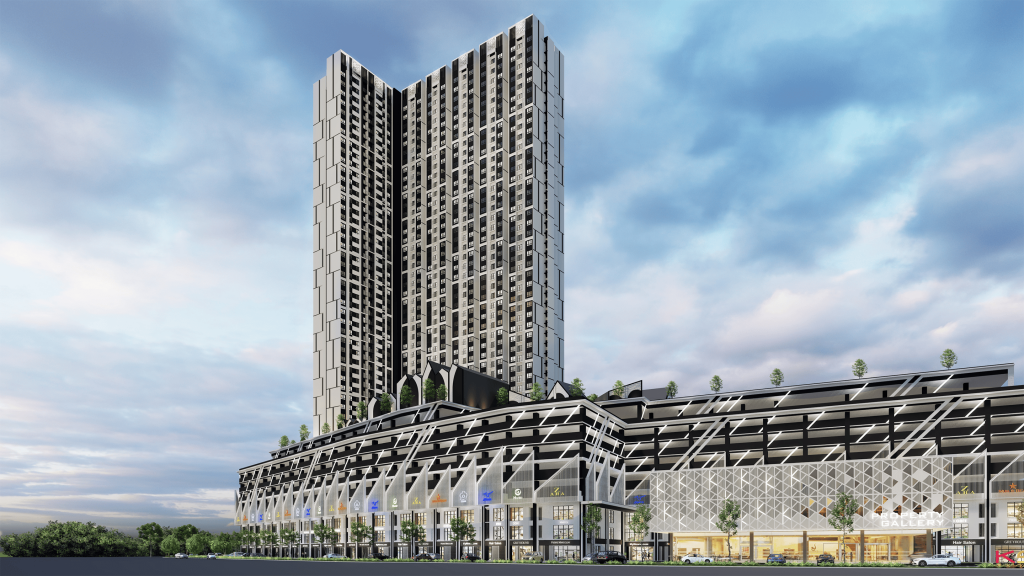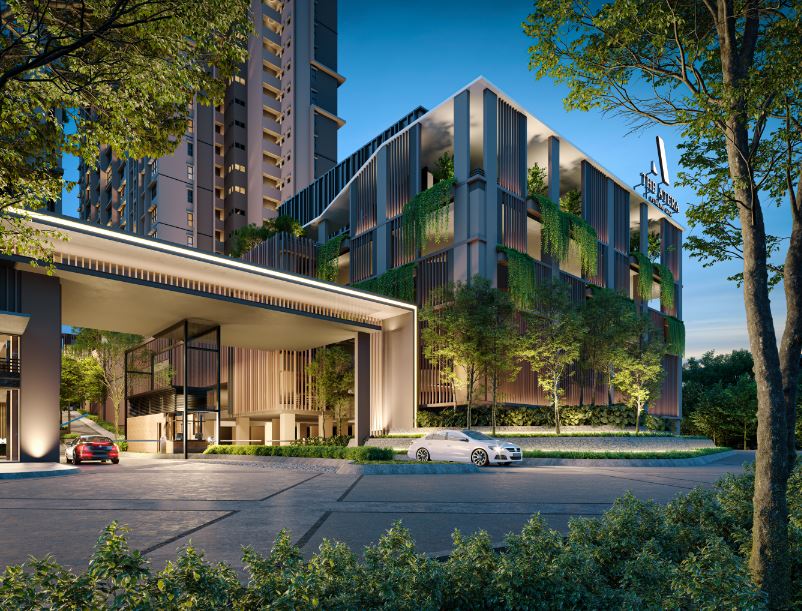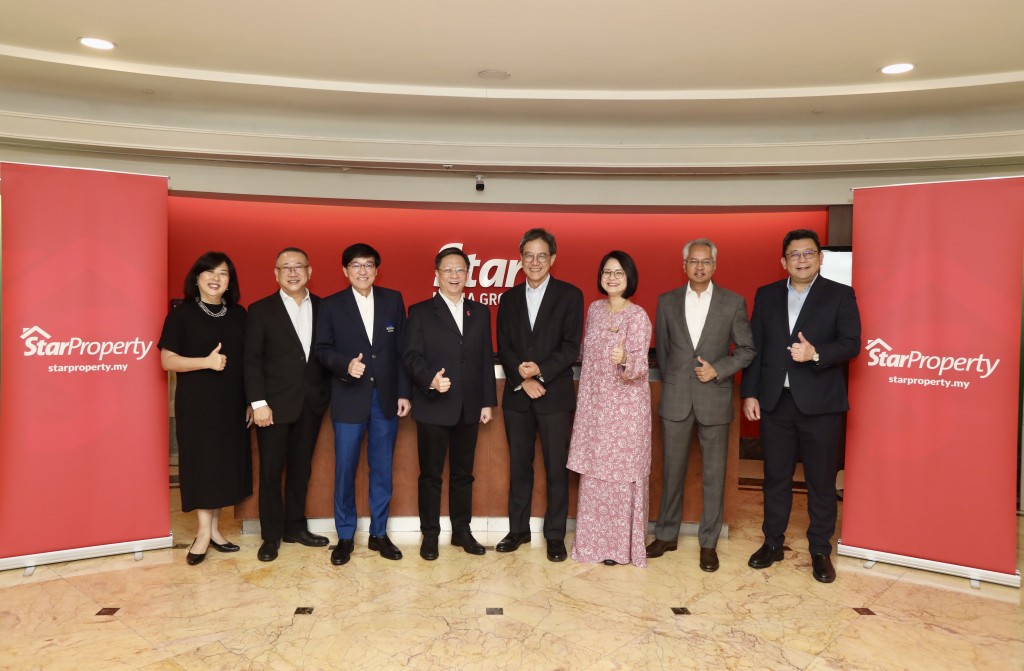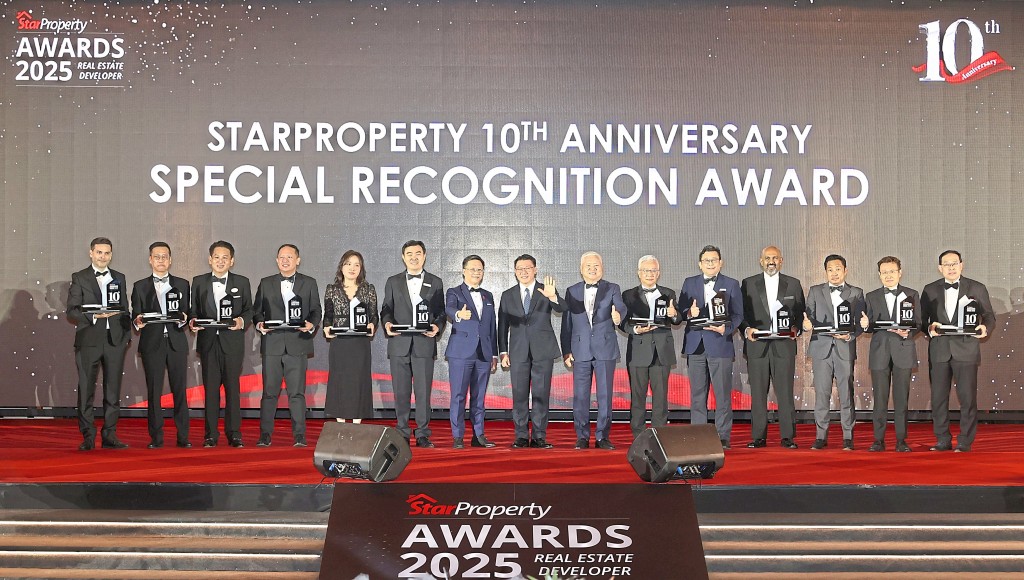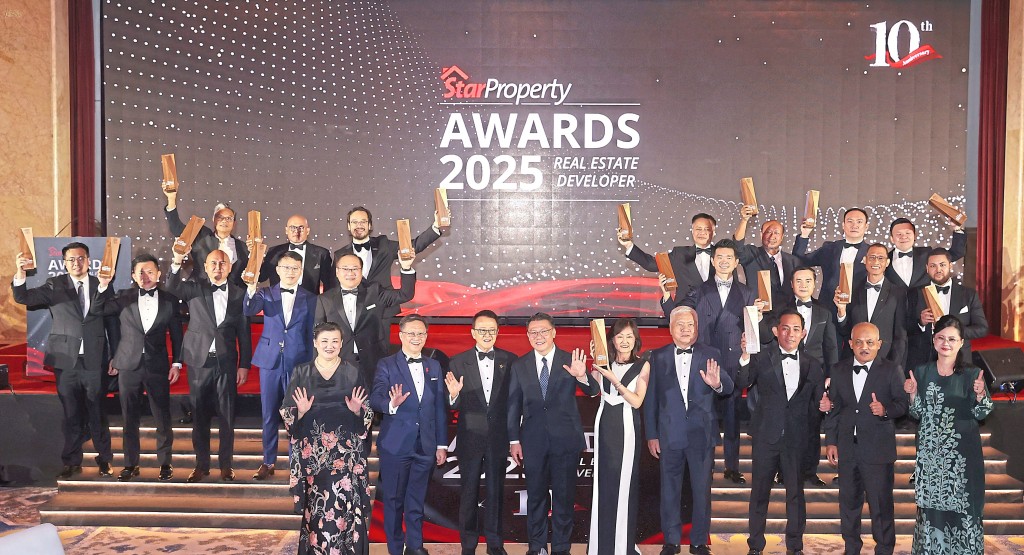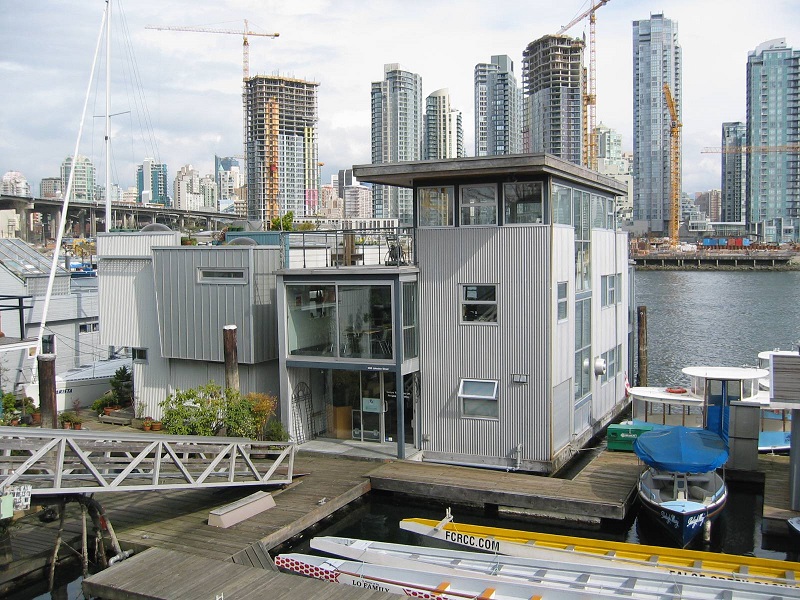By Joseph Wong
In the Malaysian property landscape of late, a captivating narrative has dominated social media and developer marketing materials with promises of exceptionally high rental yields from new projects. Whether situated in the gleaming, hyper-urban corridors of KLCC or within the rapidly expanding economic zones of Johor Bahru, promotional campaigns often sing the same tune, painting a rosy picture of properties that can supposedly pay for themselves entirely through rental income.
These dazzling figures are designed to excite first-time investors and foreign buyers alike. However, a critical examination of these claims reveals that they often exclude two fundamental realities of property investment: The unavoidable cost of operational downtime and the cumulative burden of hidden ownership expenses.
When these factors are realistically accounted for, the promised high yields often retreat to modest, or even negative, net returns. For any serious investor, understanding the difference between the gross rental yield advertised on brochures, social media postings or via YouTube or TikTok influencers and the net operating income (NOI) realised in the bank account is the key to genuine financial prudence.
The illusion of peak performance
The high yields promoted on various platforms are typically calculated using ideal, best-case scenarios that rarely materialise over a full investment cycle.
Firstly, utilising peak short-term rental rates. In hotspots, agents often quote potential earnings based on the daily rates achieved through short-term rental platforms like Airbnb. These rates are high because they cover an embedded hospitality service—not just housing. The simple calculation of (365 days) x (peak daily rate) x (12 months) immediately suggests an inflated figure, ignoring the complex, costly and time-consuming management required to sustain that income.
Secondly, and most importantly, the calculations almost always omit the downtime or vacancy factor. A property’s financial proforma is often presented as generating income 12 months a year but in the operational reality of both short-term and long-term rental, this is a statistical impossibility.
Property investment is inherently a game of realistic expectations and overlooking the in-betweens—the inevitable gaps between one paying occupant and the next—is the most common pitfall for new investors seduced by glamorous marketing. The financial impact of a vacancy factor, that is, the time a unit sits empty and non-revenue generating, is far more substantial than many investors realise.
The short-term rental reality
For properties targeting the high-yield, short-stay market, the property effectively operates as a small hotel, meaning the downtime is continuous and operational. The gaps between guests are not just non-revenue-generating, they are cost-intensive.
Between every short-term lease, management must account for:
- Cleaning and sanitisation: Professional cleaning services, often required immediately after checkout, must be factored in.
- Maintenance and repair: High tenant turnover leads to accelerated wear and tear. Broken items, plumbing issues and minor repairs are frequent and must be addressed immediately to ensure the unit is ready for the next guest.
- Inventory and supply: Restocking amenities, changing linen and replacing small consumables add to recurring costs.
- Booking gaps: Even with strong occupancy rates, the logistical challenge of check-in, check-out, cleaning and preparation means the unit is often offline for several hours, equating to lost potential income days over a year.
Factoring in a conservative 15% operational downtime for cleaning, maintenance and natural vacancy can quickly bring a promised 8% gross yield down to a much humbler net figure.
The long-term rental reality
Even the seemingly stable long-term rental market suffers from significant downtime that is rarely factored into promotional yields. It is an extremely rare occurrence to secure a back-to-back tenant immediately upon the departure of the previous one.
The transition between long-term tenants often requires a minimum period of 30 to 60 days, purely for operational reasons:
- Refurbishment and touch-ups: After a tenant vacates, the unit almost always requires painting, deep cleaning, minor repairs and potential furniture replacement to attract a new, quality renter. This work takes time and money.
- Marketing and vetting: The time spent advertising the vacancy, conducting viewings and performing due diligence on potential new tenants is a necessary but non-revenue-generating period.
- The 12-month myth: A realistic investor should never budget for 12 months of rental income. A 10.5-to-11-month budget is far more prudent, allowing for a realistic vacancy factor of 8% to 12% annually to cover transitions.
When a monthly rental of RM3,000 loses two months of income, the RM6,000 hole immediately reduces the advertised annual yield, sometimes critically impacting the monthly cash flow.
Ownership overheads overlooked
The second major omission in the high-yield pitch is the complete exclusion of the host of recurring, non-mortgage ownership costs. Many sales pitches promote the idea that the rent covers the loan but this narrative ignores the critical overheads that drain the investor’s cash flow.
A property’s true cost extends far beyond the monthly loan instalment. Investors must budget for maintenance fees and sinking funds, statutory payments, insurance and administration as well as capital expenditure reserves.
When an investor accurately calculates the NOI after subtracting all operating expenses, maintenance fees and a realistic vacancy factor, the glamorous headline yield often collapses. What may have appeared as an 8% gross yield could easily settle at a net cash-on-cash return of 3% to 4%, or even lower, before accounting for income tax.
Prudence over promise
The current trend of promoting hyper-inflated rental yields in Malaysian hotspots demands a high degree of investor scepticism and rigorous due diligence. The complexity of the modern property market, especially the short-term rental sector which requires intensive management, makes relying on sales brochures a financially perilous decision.
Investors must shift their focus from the attractive gross yield to the calculated NOI. This involves implementing a strict vacancy factor (realistically 10% for most urban centres) and meticulously accounting for all ownership overheads. Only by using these realistic figures can investors accurately determine the true cash flow position of the investment and avoid the disappointment of owning an asset that requires constant, unscheduled cash injections rather than providing stable, passive income.
To succeed in the current market, investors must adopt the mindset of a professional landlord, not just a property owner. This means recognising that a property is a business and profitability depends less on the peak rental rate and far more on the management of cost, maintenance and, most crucially, the inevitable gaps in revenue.
This article was first published in Star Biz7.
Stay ahead of the crowd and enjoy fresh insights on real estate, property development and lifestyle trends when you subscribe to our newsletter and follow us on social media.








